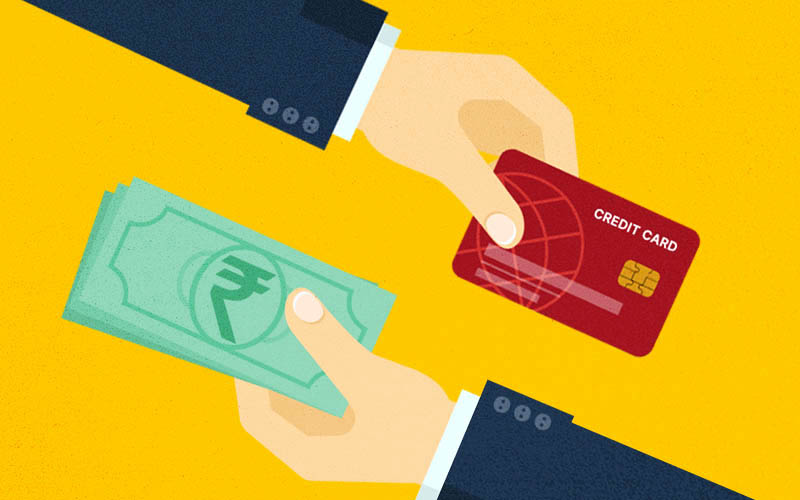Introduction: A Closer Look at Balance Transfers
Looking for the best way to consolidate debt? Balance transfer cards offer one opportunity for individuals to manage their credit card debt more effectively. By transferring outstanding balances from one credit card to another, often at a lower introductory APR, individuals can potentially save money on interest and pay off their debt more efficiently. Understanding how these cards work and their potential benefits can help individuals make informed decisions about managing their finances and debt repayment.
Exploring Balance Transfer Credit Cards
What are Balance Transfer Cards?
Balance transfer credit cards are designed specifically to allow cardholders to transfer existing balances from other credit cards onto the new card. These cards typically offer a low introductory APR on balance transfers, which can provide temporary relief from high-interest debt. However, it’s essential to understand the terms and conditions associated with these cards to maximize their benefits.
Understanding Balance Transfer Fees
Costs Associated with Balance Transfers
One important factor to consider when utilizing balance transfer cards is the balance transfer fee. This fee, typically ranging from 3%–5% of the transfer amount, is charged by the credit card company for processing the transfer. While some credit card companies may waive these fees, it’s essential to factor them into the overall cost of transferring your balance.
Exploring Introductory APR Offers
Taking Advantage of Low Interest Rates
One of the primary benefits of balance transfer cards is the low introductory APR offered on transferred balances. This introductory rate may be as low as 0% and can last anywhere from six to 18 months, depending on the card issuer. During this promotional period, cardholders can save significantly on interest charges, allowing them to pay down their debt more quickly and affordably.
Benefits of Balance Transfer Cards
Saving Money on Interest
The primary advantage of utilizing balance transfer cards is the potential to save money on interest charges. By taking advantage of low introductory APR offers, individuals can reduce the cost of carrying high-interest debt and accelerate their debt repayment process.
Consolidating Debt
Balance transfer cards also offer the benefit of consolidating multiple credit card balances into a single account. This can streamline debt management and make it easier to track and monitor progress towards debt repayment goals. It’s important to consider the overall credit limit and available credit on the new card to ensure that all transferred balances can be accommodated.
Things to Consider Before Using Balance Transfer Cards
Credit Score Impact
Opening a new credit card account and transferring balances can impact your credit score. While the initial impact may be minimal, it’s essential to consider the long-term implications of opening new accounts and managing credit responsibly.
Introductory Period Length
When selecting a balance transfer card, consider the length of the introductory APR period carefully. Ensure that you have a realistic plan in place to pay off the transferred balance before the promotional period ends to avoid being subject to higher interest rates.
Conclusion: Making Informed Financial Decisions
Balance transfer cards can be valuable tools for individuals looking to manage their credit card debt more effectively. By understanding how these cards work, including balance transfer fees, introductory APR offers, and potential benefits and considerations, individuals can make informed decisions about whether a balance transfer card aligns with their financial goals and circumstances. As with any financial decision, it’s essential to weigh the pros and cons carefully and develop a plan to utilize balance transfer cards responsibly to achieve long-term financial stability.








